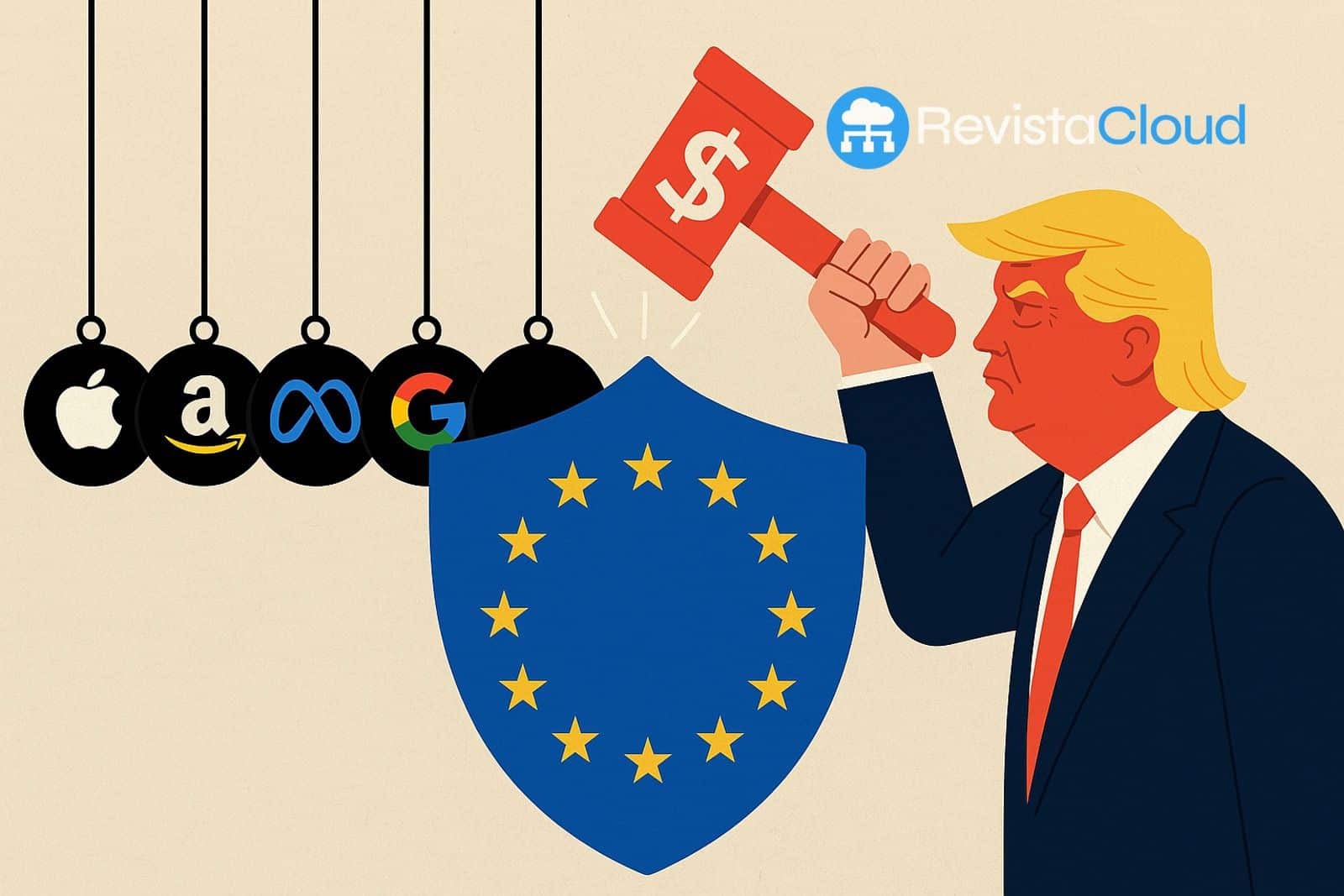While media attention focuses on the new 15% tariff imposed by the Trump administration on certain European products, the real threat to the continent’s technological and digital ecosystem doesn’t come directly from Washington but from the global ripple effects this measure is causing… and Europe’s inaction in response.
Far from the spotlight, the immediate reaction from major Asian exporters — especially China — has been to divert inventory to Europe, where e-commerce platforms allow for massive, direct, and nearly unrestricted entry. The result is a flood of low-cost tech and electronic products that consumers receive directly in their mailboxes, often without paying VAT, without warranties, without traceability… and without any real control.
Digital ecosystem or digital dumping?
What’s happening in sectors like electronic devices, mobile accessories, IoT gadgets, or peripheral hardware is, in many cases, a covert form of digital dumping: artificially low prices, ultra-efficient logistics that don’t meet the same regulatory standards as European companies, and blatant legal and fiscal unprotections.
The paradox is clear: while the European market enforces increasingly strict requirements on its developers, manufacturers, and retailers — from regulatory compliance to sustainability, cybersecurity, or product responsibility — the same products can arrive through alternative channels without meeting any of these standards.
This not only erodes the competitiveness of European tech companies but is also destroying the foundations of the European digital ecosystem: manufacturers unable to compete, startups losing visibility, margins plummeting, and Europe transitioning from a producer to a consumer of digital products.
It’s not protectionism; it’s strategic defense
Protecting Europe’s digital economy doesn’t mean closing borders or taking reactive measures, but establishing a technological, logistical, and regulatory framework that guarantees fair competitive conditions.
The issue isn’t solely fiscal or commercial. It’s structural. In the era of strategic digital autonomy, Europe is losing economic sovereignty, relinquishing its standards, and allowing others to set the rules of the game. Meanwhile, its institutions seem to move at the sluggish pace of disconnected bureaucracy.
The playing field is multilateral, not bilateral
Seeing this situation as a dispute between Europe and the U.S. is short-sighted. The game is global. Digital commerce, driven by transnational marketplaces and logistics systems optimized with AI, knows no borders but is vulnerable to regulatory weaknesses. And Europe, with its diverse regulations, multiple languages, lack of synchronization, and slow institutions, is the weakest link in this network.
Without proactive vision, coordination, and political will, the continent will continue being an ideal market for others to dump their excess tech production. It’s not just about losing market share — it’s a loss of investment, qualified jobs, talent, and future prospects.
FAQs
What effects do the new U.S. tariffs have on the European tech market?
Indirectly, they cause Asian tech exports to shift toward Europe, increasing unfair competition through online platforms.
What is meant by “digital dumping”?
It’s the mass sale of tech products at very low prices without complying with tax, safety, sustainability, or quality regulations that European producers must follow.
What can European governments and institutions do?
Unify digital import standards, strengthen marketplace controls, demand traceability, and reinforce taxation on products purchased via e-commerce.
Which sectors are most vulnerable?
Tech accessories, IoT devices, consumer gadgets, peripherals, and, to a lesser extent, low-end consumer electronics.
🧠 This article aims to provide a critical and strategic perspective for the debate on European digital competitiveness. In a multipolar world, Europe cannot afford to act with a bilateral mindset.

